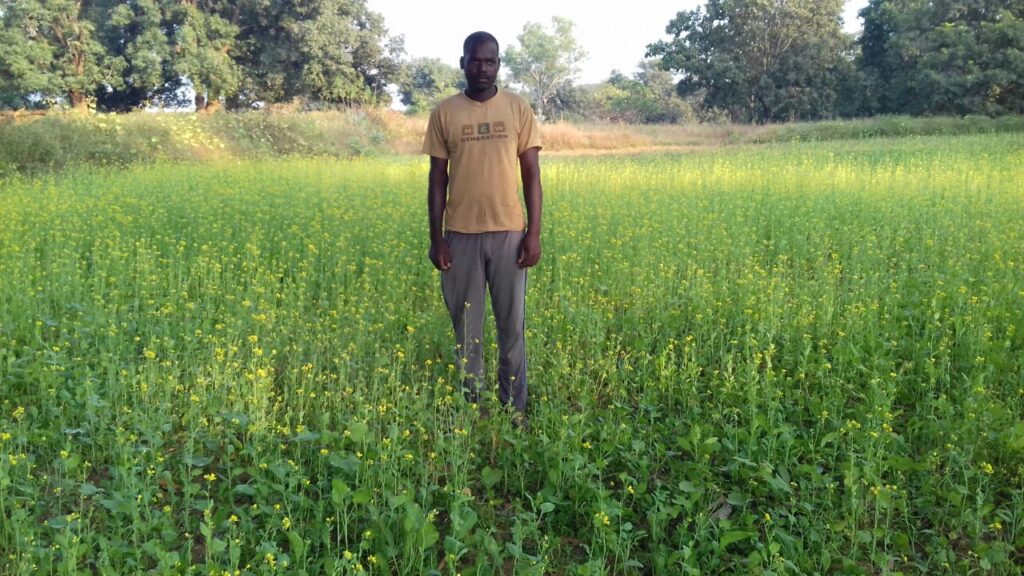The land resources of the Chhattisgarh state especially its dry drought prone lands, have been poorly managed by the poor farmers of the state. Soil loss due to erosion coupled with reduced water resources has led to a situation of rapid soil fertility deterioration, declining/stagnating of crop yields, depletion of ground water levels, deforestation, denudation and destruction of natural pasture. Exploring the full potential of rain fed agriculture to meet the food, fodder and fuel requirement of the state population, is the only alternative, however, this will require investing in suitable soil and water conservation technologies, crop breeding targeted to rain fed environments, agricultural extension services, and access to markets, credit and input supplies in rain fed areas. The potential for increasing the irrigable area and enhancing productivity from irrigated lands has its limitations. The remaining land has to depend on rain fed farming forever. There-fore if the state has to conserve and develop natural resources in rain fed areas to improve their production and productivity, their development on watershed basis is inevitable.
What is Watershed ?
Water is needed to grow the food to adequately feed the future generations. How to produce more and better food and maintain or improve critical ecosystem services without further undermining our environment is a major challenge.
Watershed is defined as a geohydrological unit draining to a common point by a system of drains. All lands on earth are part of one watershed or other. Watershed is thus the land and water area, which contributes runoff to a common point.

Organization Contribution
Organization contributing in waterhed development and management from last 17 years. In year 2003, with Chhattisgarh State Govt. Integrated watershed management programme was done, and again Sahyog Samiti (RSS) started the “Watershed Development Programme” with the help and valued guidance of NABARD in the year 2008 in the Raigarh and Jashpur districts of Chhattisgarh state.
Integrated Watershed Management Programme
In year 2003, with the help of districts administration integrated watershed management programme was done in block –Tamnar

Watershed Management
Watershed management involves the judicious use of natural resource with active participation of institutions, organizations, peoples participation in harmony with the ecosystem.
The watershed management implies, the judicious use of all the resources i.e. land, water, vegetation in an area for providing an answer to alleviate drought, moderate floods, prevent soil erosion, improve water availability and increase food, fodder, fuel and fiber on sustained basis. Watershed to achieve maximum production with minimum hazard to the natural resources and for the well being of people. The management should be carried out on the watershed basis. The task of watershed management includes the treatment of land by using most suitable biological and engineering measures in such a manner that, the management work must be economic and socially acceptable

NABARD Watershed Devlopment Programme
NABARD Watershed Development Programme consists three main components in watershed management are land management, water management and biomass management
Land Management & Development
- Land characteristics like terrain, slope, formation, depth, texture, moisture, infiltration rate and soil capability are the major determinants of land management activities in a watershed. The broad category of land management interventions can be as follows;
- Structural Measures:
- Structural measure include interventions like contour bunds, stone bunds, earthen bunds- earthen gully plug, loose boulder structure, graded bunds, water absorption trench,bench terracing, broad based terraces, centripetal terraces, field bunds
- Vegetative Measures:
- Vegetative measures include vegetative cover, plant cover, mulching, vegetative hedges, grass land management, vettiver fencing, agro-forestry, etc.
- Production Measures:
- The production measures include interventions aimed at increasing the productivity of land like mixed cropping, strip cropping, cover cropping, crop rotations, cultivation of shrubs and herbs, contour cultivation conservation tillage, land leveling, use of improved verity of seeds, horticulture, etc.
- Protection Measures:
- Protective measures like landslide control, gully plugging, runoff collection, etc can also be adopted. Adoption of all the interventions mentioned above should be done strictly in accordance with the characteristics of the land taken for management
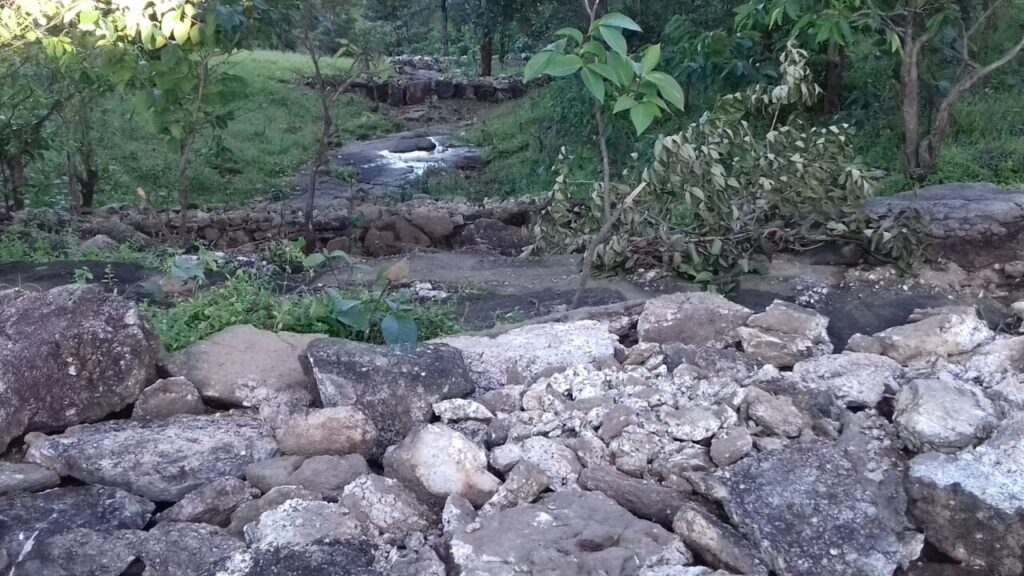
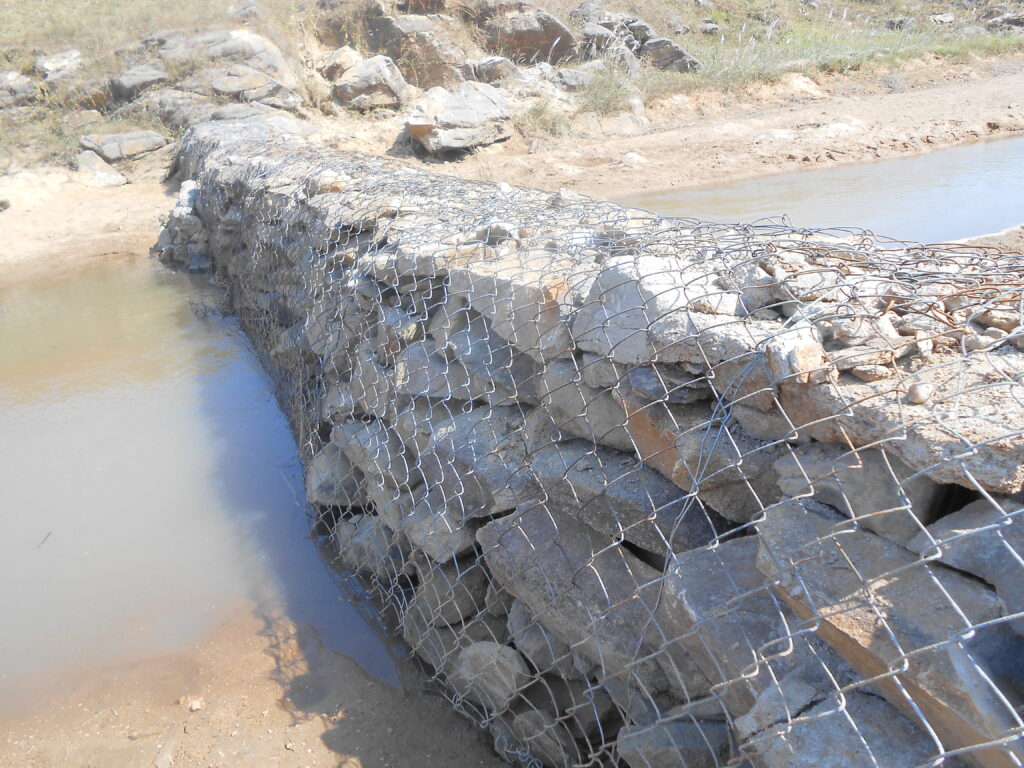
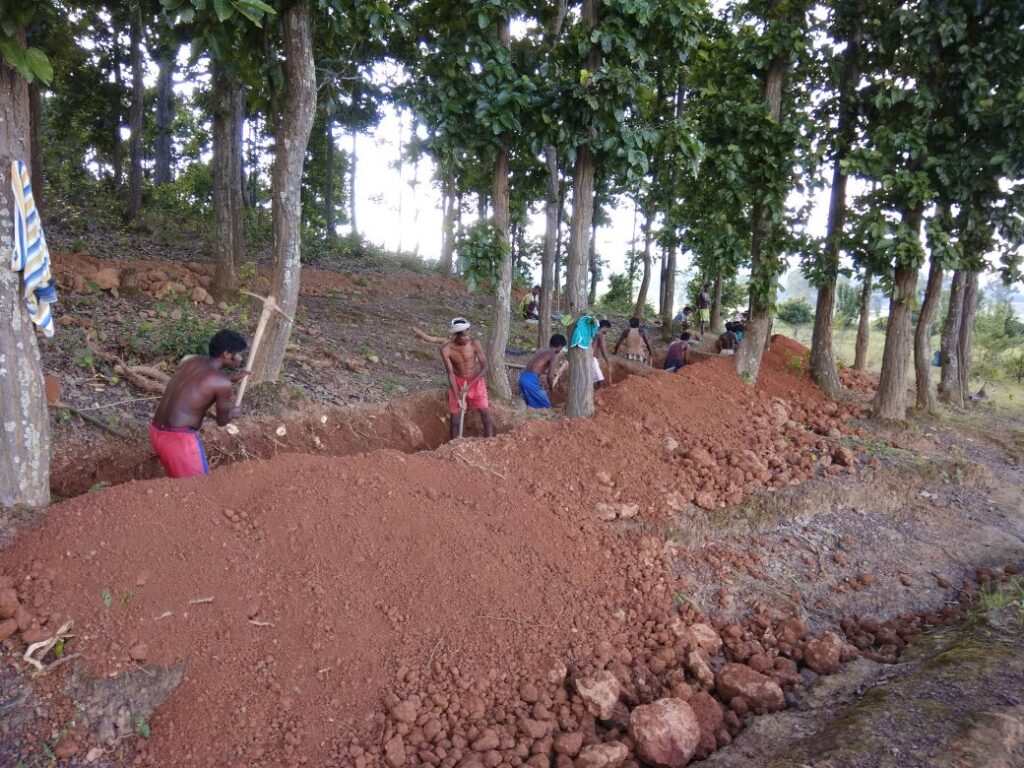
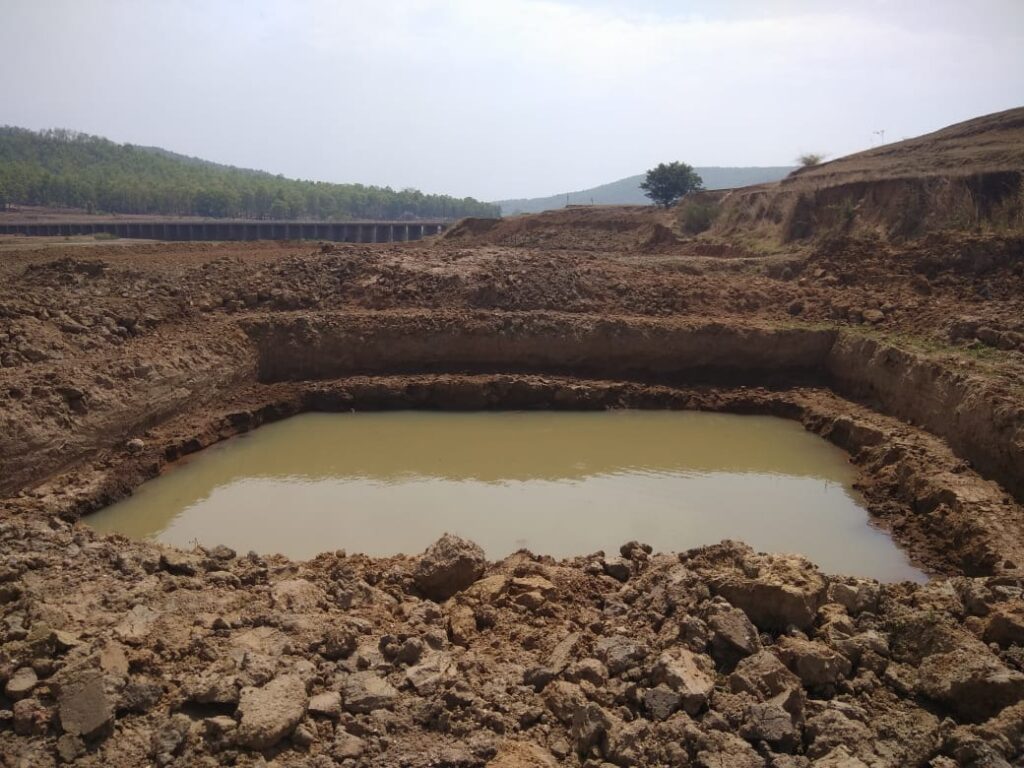
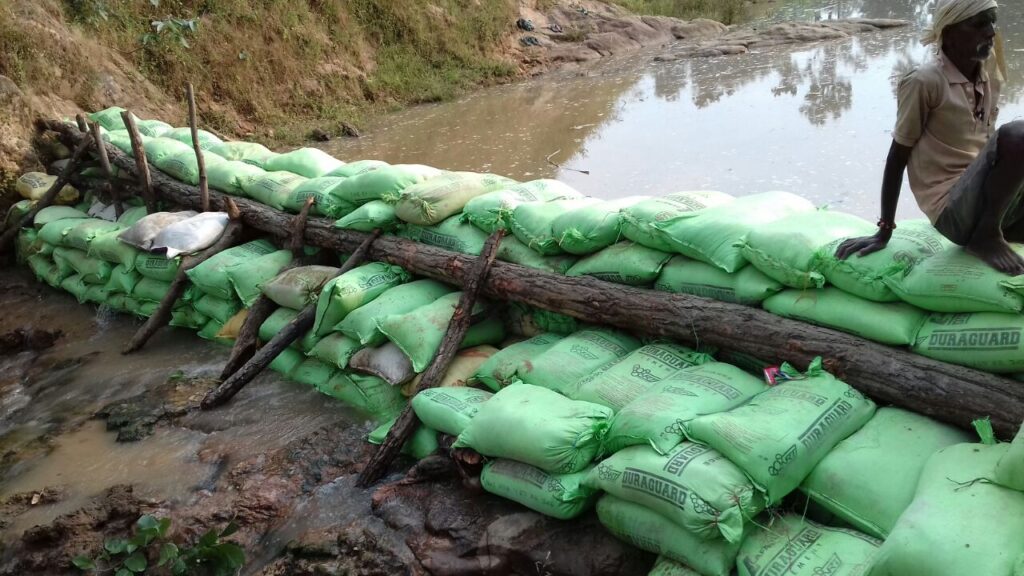
Water Management & Development
Water characteristics like inflows (precipitation, surface water inflow, ground water inflow) water use (evaporation, evapotranspiration, irrigation, drinking water) outflows (surface water outflow, ground water out flow) storage (surface storage, ground water storage, root zone storage) are the principal factors to be taken care of in sustainable water management
The broad interventions for water management are listed below :-
- Rain Water Harvesting
- Ground Water Recharge
- Maintenance of Water Balance
- Preventing Water Pollution
- Economic use of water
Biomass Management
Major intervention areas for biomass management are indicated below;
- Eco-preservation
- Biomass Regeneration
- Forest Management & Conservation
- Plant Protection & Social Forestry
- Increased Productivity of Animals
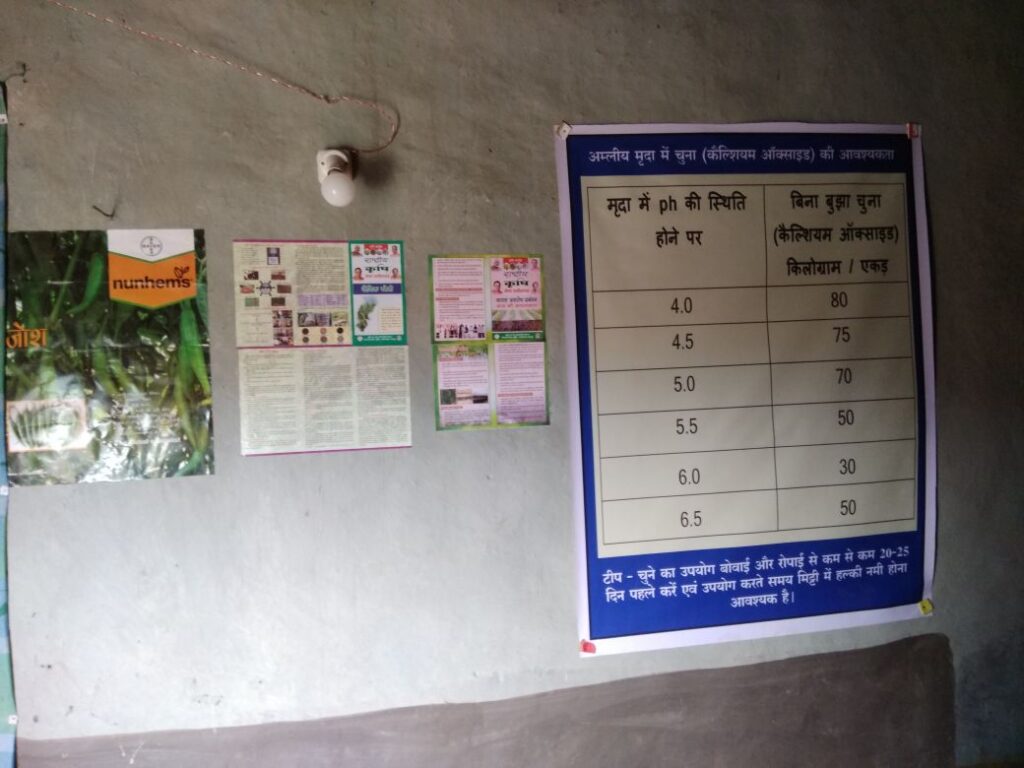
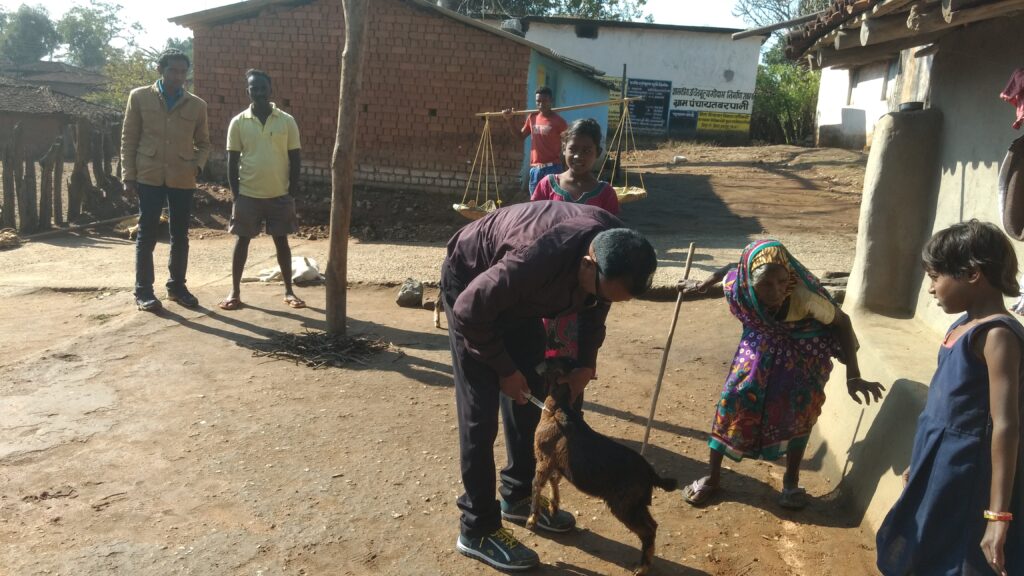
NABARD Climate Change Adaptation Programme
Integrated Watershed Development for Rehabilitation of Degraded Soils and Climate Change Adaptation (KFW Soil Project) Supported by NABARD
Our Organization is selected as a Project Facilitating Agency (PFA) for implementing this project in four village (Kendpani-jampani,Pandrutoli-sonmuth, Kopa, Bamhani) Jashpur District. The programme (KfW Soil Project) address the issues of soil and water conversation, land reclamation, improving soil productivity and health, enhancing crop resilience to climate change, enhancing opportunities for livelihood and income generation for communities vulnerable to climate change, etc. KFW Soil project (CCA) implemented with two fold objective –to first strengthen the adaptive capacity of communities in vulnerability to climate change to climate change factor. The programme is targeting both soil health and ensuring improved food and nutritional security For the people.
Reducing climate change vulnerability and process of marginalization with integration of risk mitigation products, like crop, weather and market advisory and information system.
- Measures to Mitigate Climate Change (CC ) Risk.
- Impact of climate change and selection of investment,
- Promotion of sustainable NRM , CCA farming practices and food security,

